Yes, all raw fish could possibly contain parasites, but when it comes to sushi and sashimi, only specific parasites known as ‘Anisakis’ are harmful, and humans rarely catch food poisoning from them due to the strict preparation protocols the Japanese follow in order to minimize contamination.
Sushi is safe to eat as long as it is sourced, stored, and prepared carefully. This article will detail the specific precautions taken by Japanese chefs and suppliers to ensure freshness, and also outline extra measures you can take to minimize any risk before you buy.
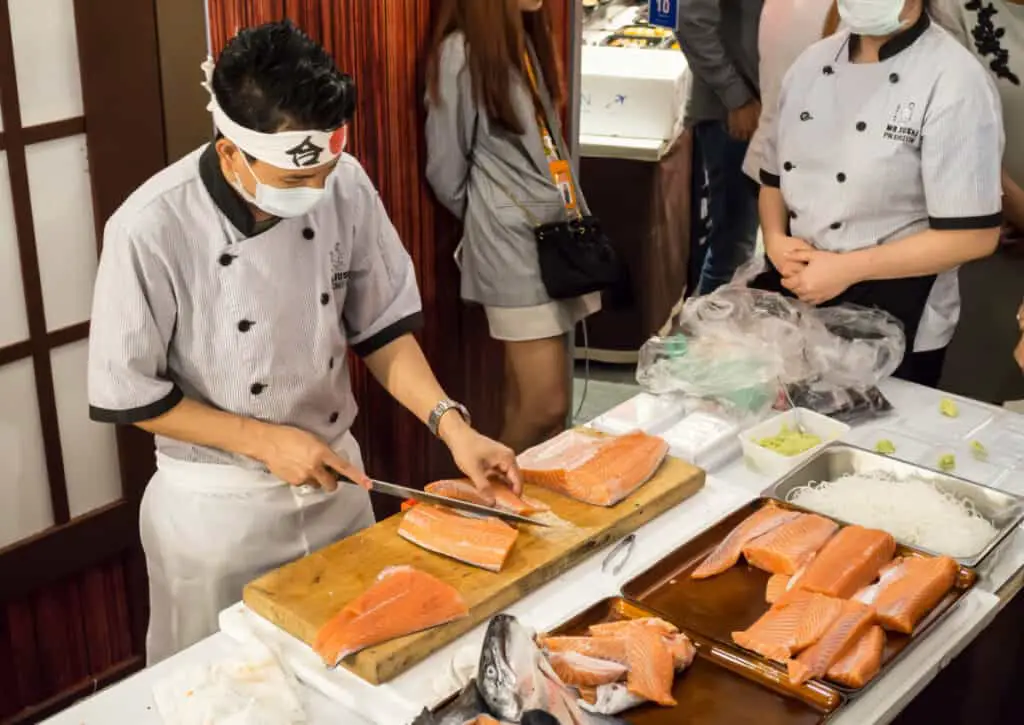
What Exactly Are Anisakis And Should I Be Worried About Them?
Anisakis, known as ‘Anisakis simplex’ are 2 cm long parasitic roundworms that can cause infections in humans when accidentally ingested from eating raw fish.
How Do Anisakis Spread To Sushi?
Anisakis live in the stomach of marine mammals; their eggs are then passed via feces which hatch larvae, which is then ingested by shellfish.
The shellfish are subsequently eaten by fish and squid and the larvae reside inside their muscular tissues. Ingestion of infected fish or squid by other fish then promotes the spread of infection.
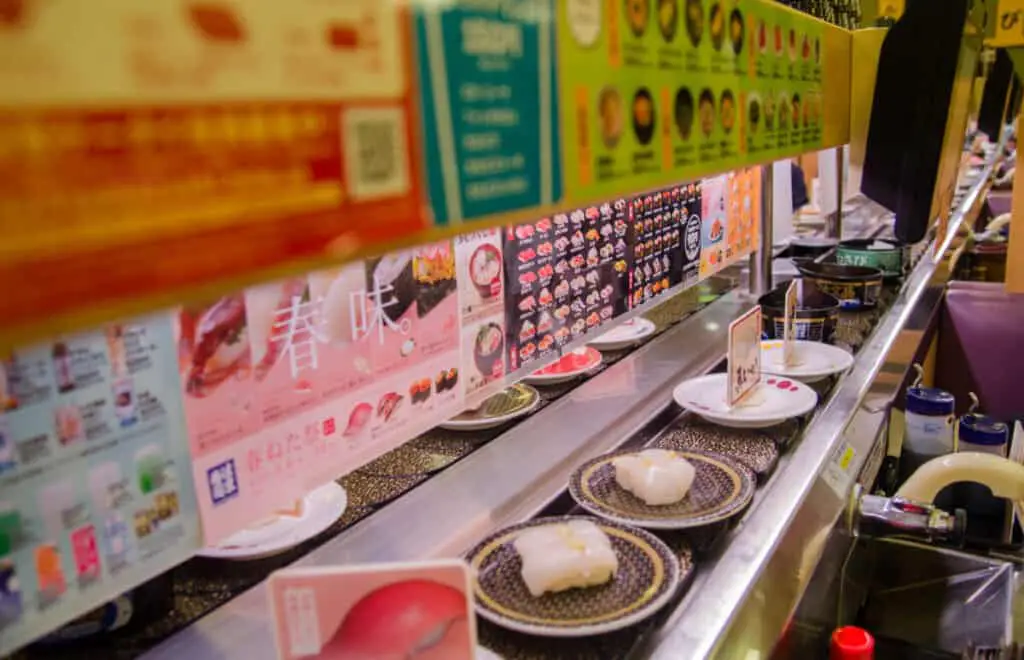
What Precautions Do Chefs and Suppliers Take To Make Sushi Safe For Consumption?
Since raw fish is an integral part of the Japanese diet, strict guidelines are followed in the sourcing and preparation of sushi. Below are 3 measures chefs and suppliers in Japan follow to ensure it is safe to eat:
- Specifically choosing farm-raised fish over wild fish: the risk of foodborne illness is lower in farm-raised salmon, for example, as it is known to be parasite-free.
- Heating or flash-freezing raw fish: in order to kill any Anisakis, the Japanese recommend heating raw fish to over 60 degrees Celsius (or 140 degrees Fahrenheit) for one minute, or freezing it at -20 degrees Celsius (or -4 degrees Fahrenheit) for a minimum of 24 hours. A sushi chef or supplier will generally choose the freezing option to ensure raw fish is safe to consume.
- Preparing sushi with a ‘Kazari-Bocho’ or ‘Decorative Knife’: when decorative cuts are made to raw fish this ensures that any Anisakis are killed, especially if they are hidden inside the muscle of the fish. Squid sashimi, for example, will be cut into thin strips known as ‘Ika Somen’ or ‘Squid Noodle’.
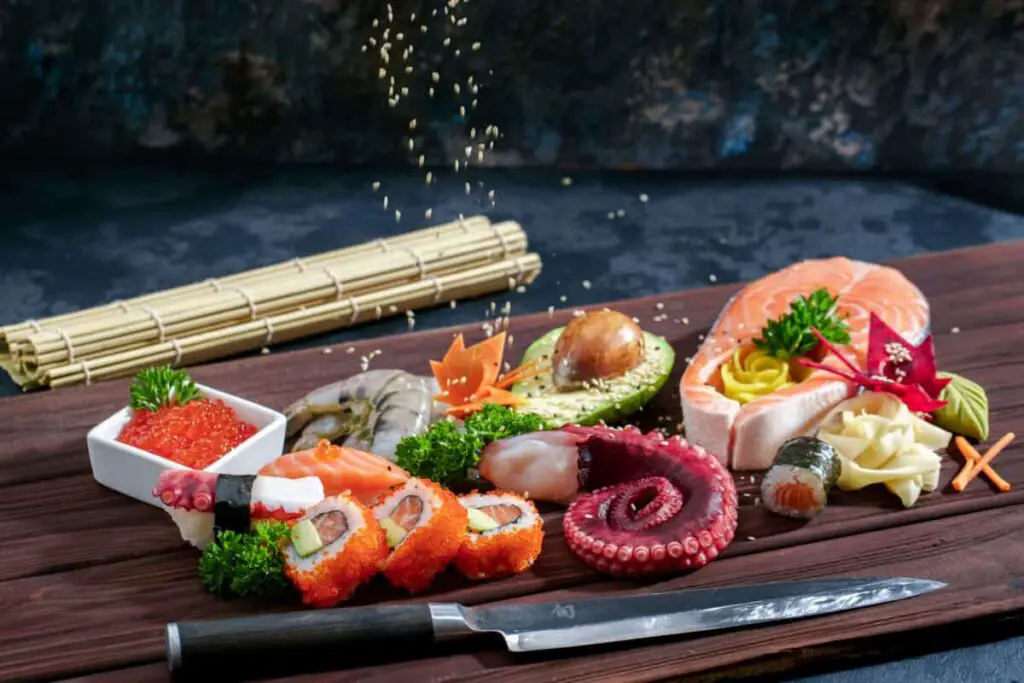
When Buying Sushi What Should I Look Out For?
The freshness of your sushi is an essential prerequisite for a safe and enjoyable dining experience. Follow these 3 quick and simple steps to help you avoid any potential pitfalls and identify a healthy fish:
- Smell the fish: if the sushi smells ‘fishy’ this is a bad sign – fresh sushi-grade fish that has been flash-frozen should not smell overwhelmingly fishy. Also, pay attention to the odor of the restaurant; world-renowned sushi chef Hidekazu Tojo claims that a good sushi restaurant should smell like ‘cucumber or watermelon’.
- Pay attention to the appearance of the fish: i.e., always check the sushi’s visual quality. Healthy fish should appear shiny, bright, and translucent, and even frozen fish will still retain the appearance of ‘preserved freshness’. If the fish has a milky residue or is blotchy or dull in color, it should be avoided. Also, if the sushi has been rolled in Nori seaweed, check for a crispy exterior – if it feels mushy it’s likely been on display too long.
- If possible, feel the fish: high-grade fish should feel firm, flexible, and springy to touch. Gently press the flesh of the fish with your finger – if it leaves an indentation the fish will probably not be very fresh.
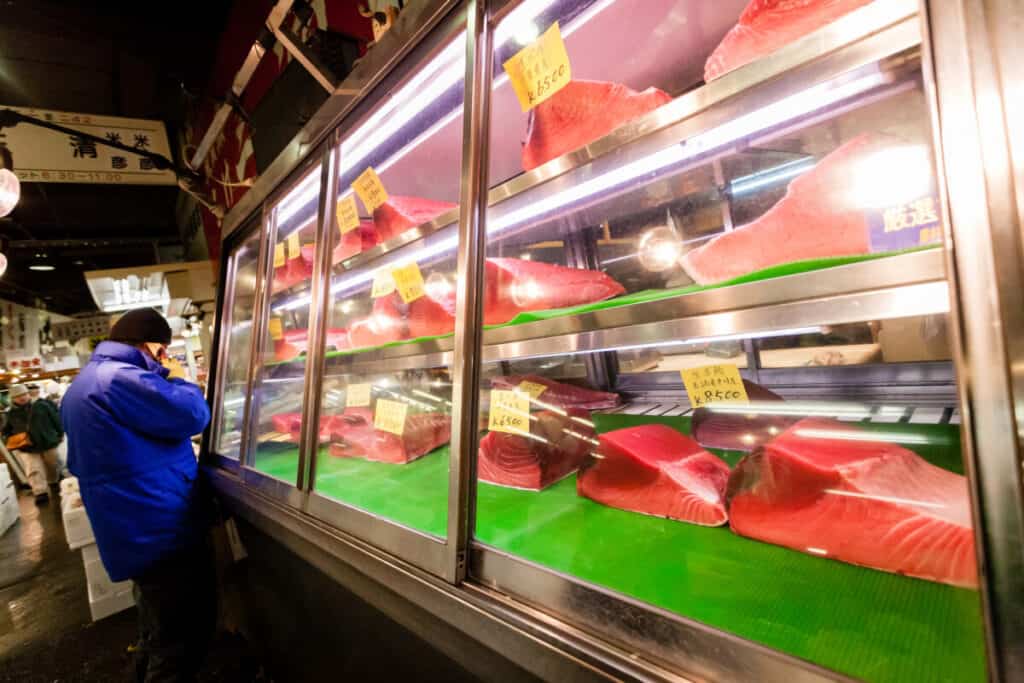
Are There Any Specific Types of Raw Fish I Should Avoid Eating?
If you’re worried and want to err on the side of caution, the Japanese recommend avoiding flounder, fluke, haddock, herring, monkfish, Pacific wild salmon, horse mackerel, saury, sardines, squid, and pufferfish (more on that below).
However, this is only a general guideline as the quality of the fish is entirely dependent on its sourcing and preparation.
What Is The Most Poisonous Fish In Japan?
A pufferfish called Fugu, which when expertly prepared, is considered a delicious delicacy in Japan. When incorrectly prepared, however, this dish is deadly, due to its potent neurotoxins.
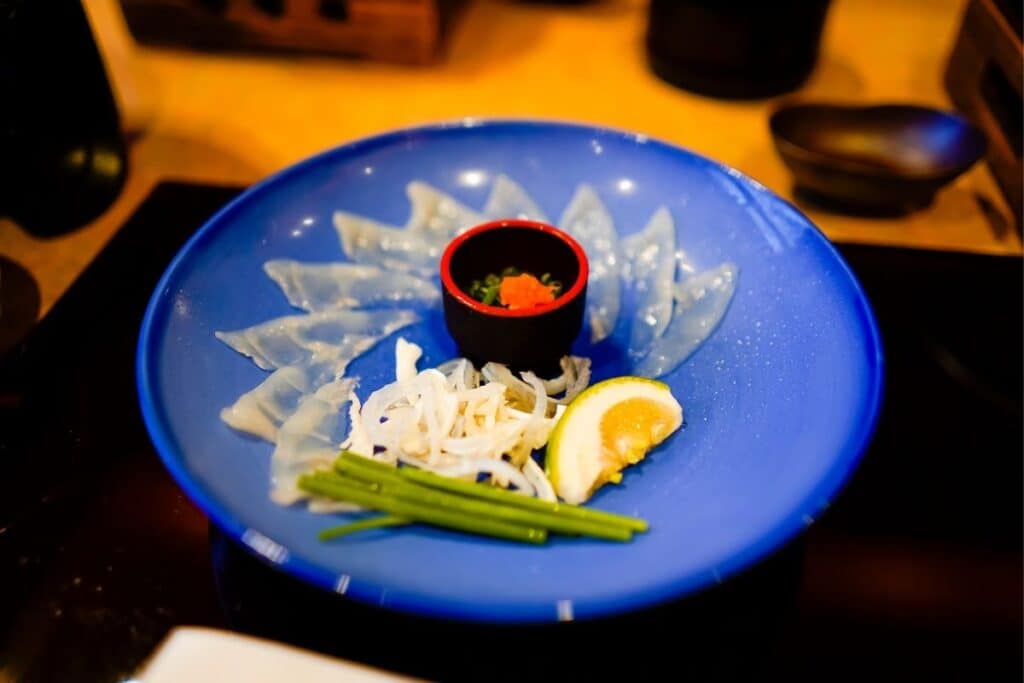
Is It Safe To Buy Raw Fish To Eat At Home?
Yes, if you want to buy raw fish to prepare as sushi at home, be sure to source a reputable supplier, check it is high-grade quality, then freeze it at -20 degrees Celsius for at least 24 hours before consumption.
Choose fresh ingredients and you can feel that it’s relatively safe to consume.
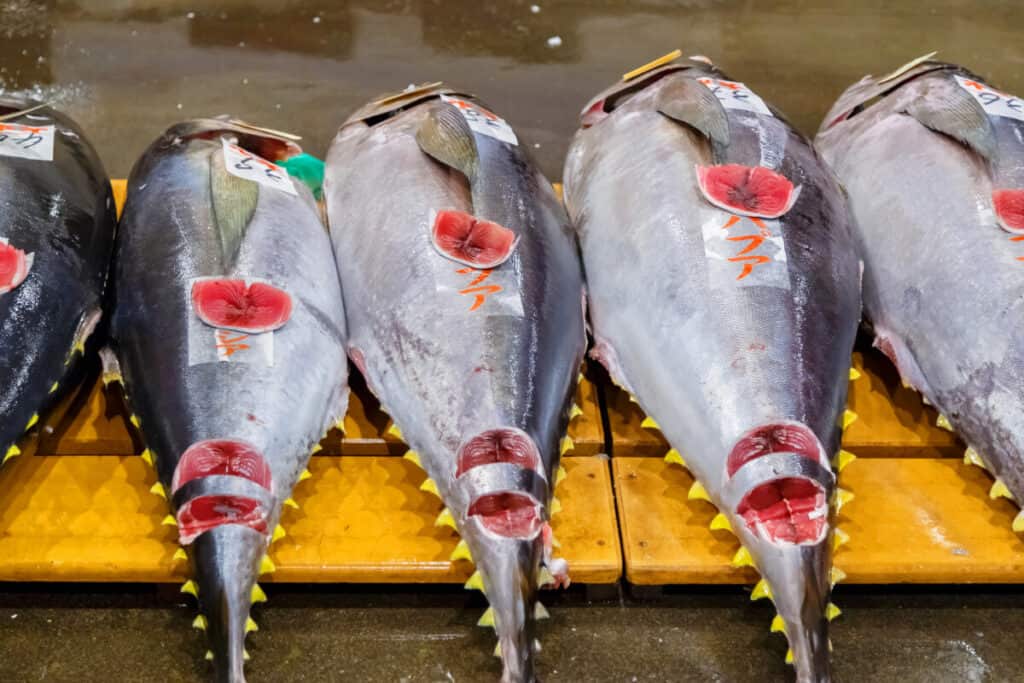
Can Sushi Rice Be Dangerous Too?
Yes, in rare cases, rice can be the cause of contamination. This is because sushi rice contains Bacillus cereus bacteria, which can spread rapidly in rice that has been left out at room temperature for too long.
In order to make it safe for consumption, sushi rice requires an acidic bath in a vinegary solution which lowers the PH to 4.1, killing any dangerous microbes.
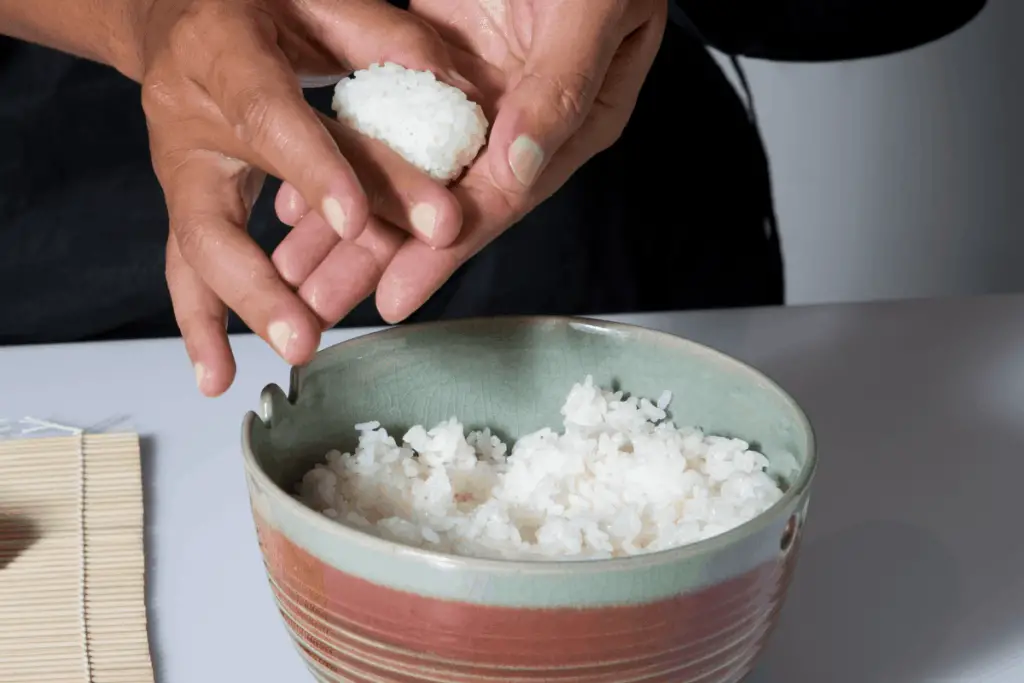
What Will Happen If I Accidentally Eat Contaminated Sushi?
If you’re unlucky enough to ingest sushi containing Anisakis you will get food poisoning, i.e., severe abdominal pain, vomiting, and nausea.
This affliction, known as ‘Anisakiasis’ can even result in coughing up worms if swallowed; but ‘Anisakiasis’ is rare due to the strict guidelines followed by Japan’s sushi restaurants.
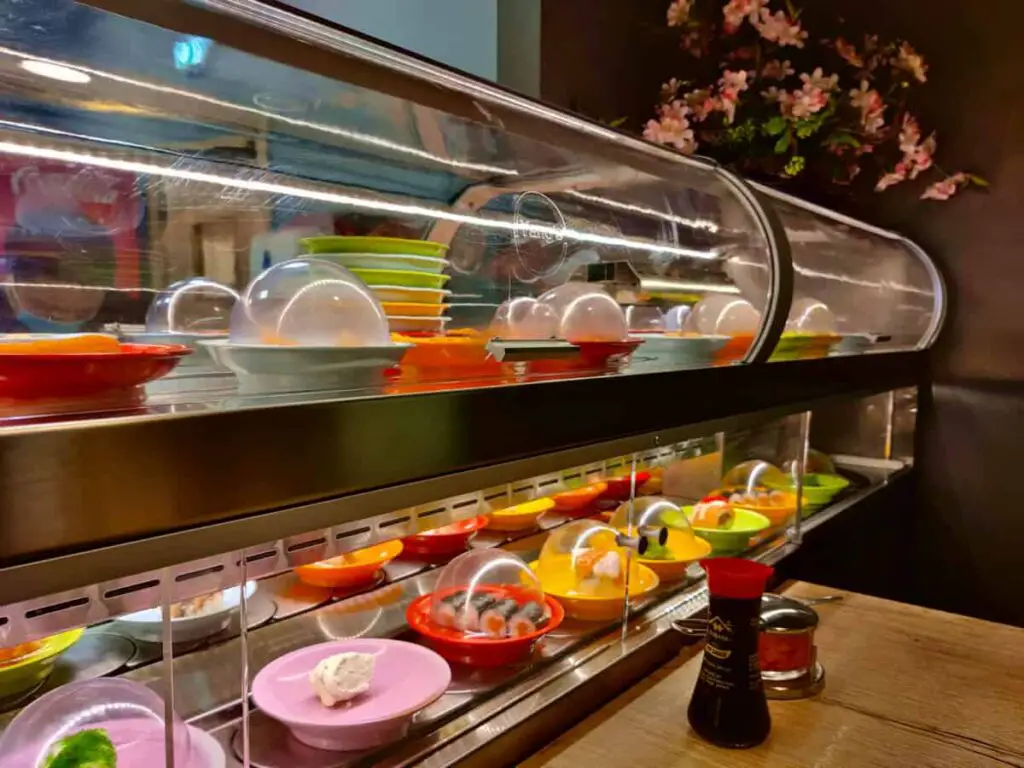
How Long Does The Body Take To Expel Parasites?
Parasitic worms are usually eliminated from the intestines within 3 weeks. Infection only becomes dangerous if the Anisakis have not been coughed up or vomited, or excreted meaning they could penetrate the intestinal tissues and potentially cause appendicitis or Crohn’s disease.
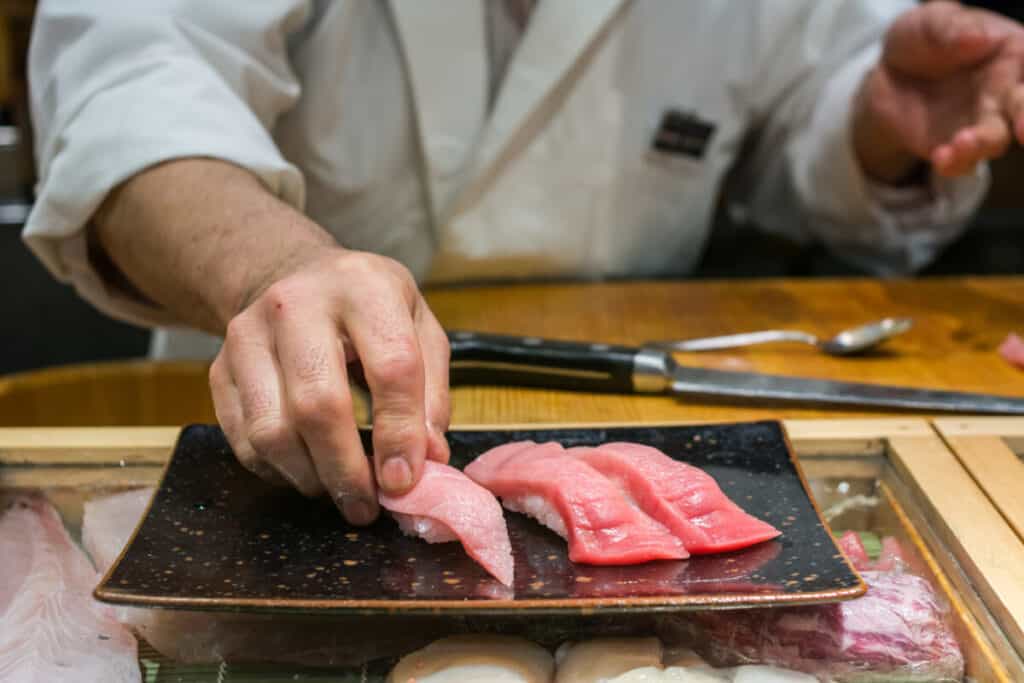
What Is The Treatment Protocol For Anisakiasis?
The treatment protocol for Anisakiasis is surgical or endoscopic removal, but this is a worst-case scenario and necessary only if the Anisakis have not been expelled and spread inside the intestines.










